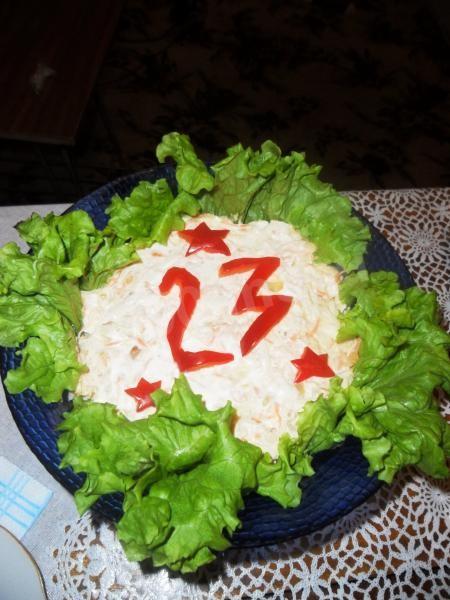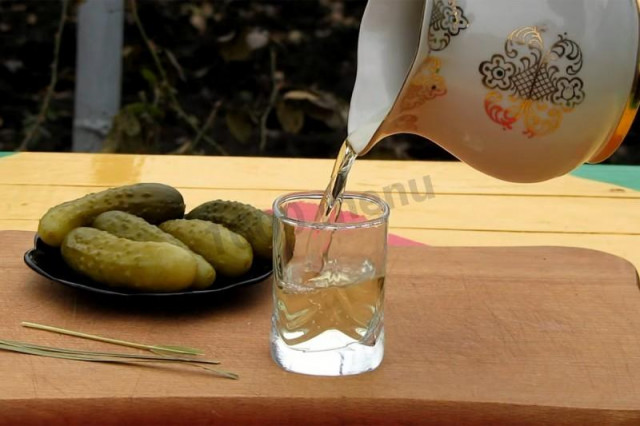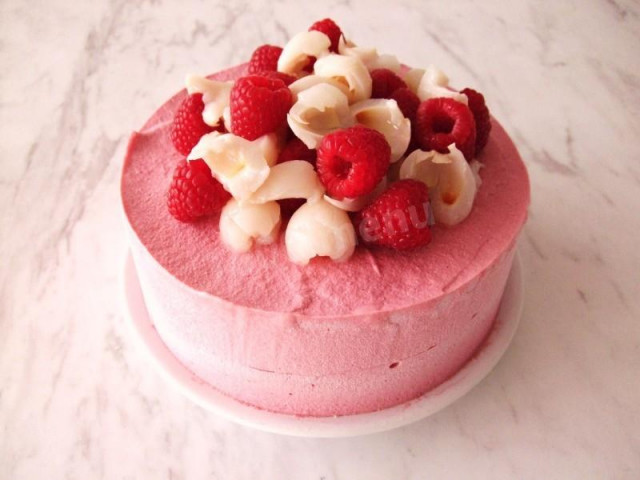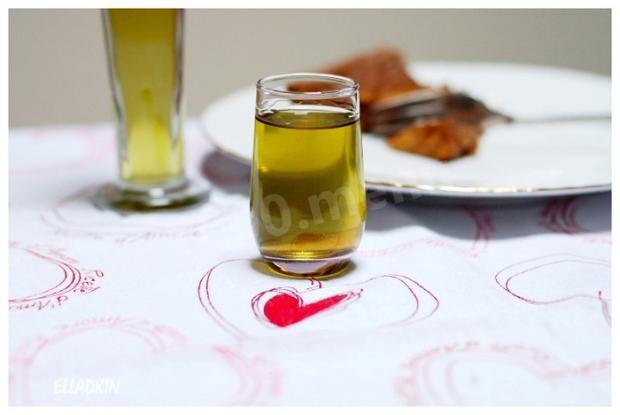Composition / ingredients
Step-by-step cooking
Step 1:
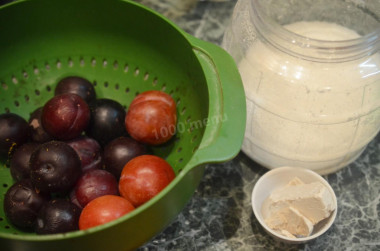
How to make moonshine from plums at home? Prepare all the necessary products. Take plums ripe and fragrant, but without external damage. Yeast is preferable to take fresh, but they can be replaced with both dry and wine yeast.
Step 2:
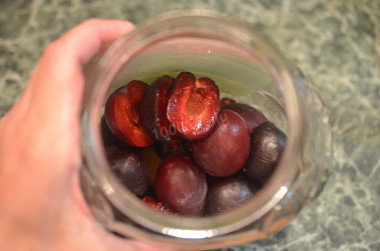
Remove the seeds from the plum and put them in a fermentation tank. In any case, do not wash the plums, as plums contain a large number of bacteria that cause fermentation. Take a glass container, other materials (plastic, metal) may react with the fermented mixture. I use a large-volume glass jar.
Step 3:
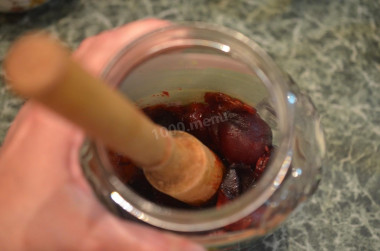
Then chop the plums. I have very soft plums, so I just mashed them into a puree with a pusher. But you may have to use a blender.
Step 4:

Add sugar to the fermentation tank.
Step 5:
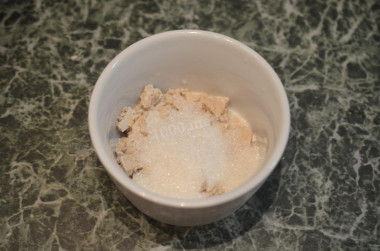
Break the yeast, add a spoonful of sugar to them.
Step 6:
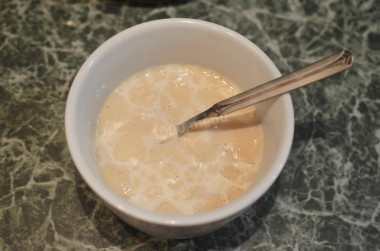
Dilute the yeast with warm water and wait for their activity. The water should not be hot, the temperature should not exceed 40 degrees.
Step 7:

Pour the yeast into the fermentation tank.
Step 8:

Mix everything.
Step 9:
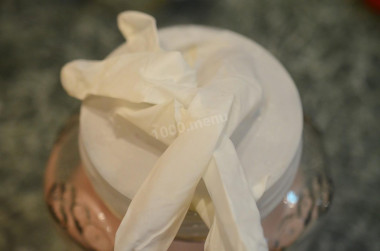
Put a disposable glove on top and put the jar in a dark place for fermentation. The air temperature should be from 20 to 28 degrees.
Step 10:

As soon as the glove inflates, fermentation has begun. It can last from 10 to 20 days. I've been wandering for 12 days. Then the glove will drop again, which means the braga is ready for distillation.
Step 11:
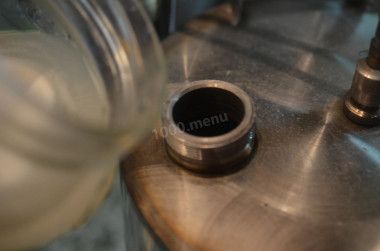
Strain it and pour it into a moonshine still.
Step 12:

Assemble the moonshine machine according to the instructions. If necessary, connect hoses with cold water. Put it on the fire. Do not allow the temperature to rise above 80 degrees. As soon as the temperature reaches 70 degrees, turn on cold water to cool the product. Collect the finished moonshine in a separate bowl. In principle, it is ready to use, but has a pronounced moonshine flavor. Therefore, I recommend a second distillation.
Step 13:

Then the moonshine will turn out cleaner. To do this, dilute the resulting moonshine to a fortress of 20 degrees — take 500 ml of water per liter of moonshine. Pour the diluted moonshine into the moonshine machine and distill it again in the same way. This time, in a separate bowl, collect the first and last 100 ml of moonshine, they are not usable. They need to be poured out. Pour the remaining moonshine into bottles and let it brew for a couple of days.
Step 14:
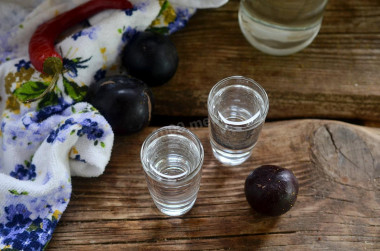
You can tint moonshine with a drop of tea leaves. Observe the measure when drinking alcohol!
The liquid in which yeast is bred should be pleasant to the touch, no higher than 40 degrees. Why is this important? In a warm environment, yeast is well activated, in a hot one it will die, and in a cold one it simply will not work. To avoid unpleasant surprises, check the yeast before mixing with the rest of the ingredients. Pour a little warm milk into a bowl, stir in the yeast. Cover the bowl with a kitchen towel and put it in a warm place without drafts for 10-15 minutes. During this time, a foam yeast cap should appear on the surface of the sponge. If this did not happen, then the fermentation process has not started (the yeast is overdue or spoiled). In this case, it is worth taking other yeast, otherwise baking will not work.
For cooking, it is better to use filtered or bottled water that is neutral to taste. If you use tap water, keep in mind that it can give the dish an unpleasant characteristic taste.
Dry yeast can be replaced with fresh pressed yeast, based on the proportion of 1:3. That is, for 1 gram of dry yeast required by the recipe, you need to take 3 grams of fresh.
Caloric content of the products possible in the composition of the dish
- Plum - 42 kcal/100g
- Fresh frozen plum - 52 kcal/100g
- Granulated sugar - 398 kcal/100g
- Sugar - 398 kcal/100g
- Water - 0 kcal/100g
- Fresh yeast - 109 kcal/100g



